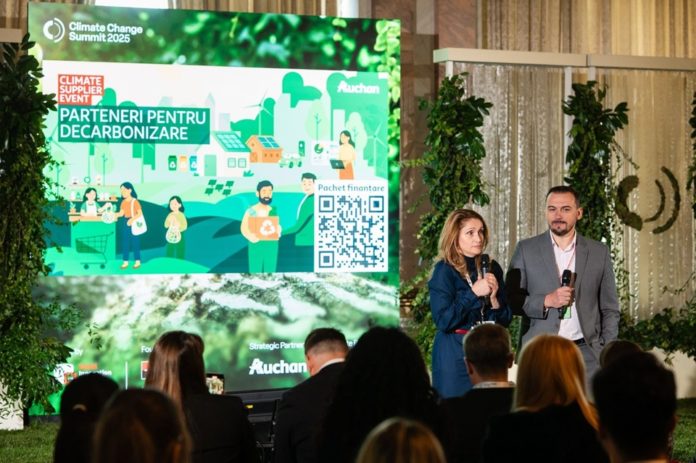Copyright Adweek

This post was created in partnership with Treasure Data In a moment when AI holds the promise of instant, always-on personalization, marketers are racing to deliver relevant, responsive experiences in real time. But driving business outcomes requires more than just plugging in new tools. During a Brandweek 2025 session co-hosted with Treasure Data, Rafael “Rafa” Flores, chief product officer at Treasure Data, joined Ryan Joe, editor-in-chief of ADWEEK to break down how brands can get the most out of AI and drive proactive, autonomous engagement. Fragmentation is the first barrier to effective implementation Flores acknowledged that many assume the fear around job replacement is a barrier to AI adoption. But in his eyes, the true obstacle is rushing to implement AI technologies in an uncoordinated way, siloing operations and muddying outcomes. “There’s a cost of fragmentation, not just with data but also with the agents themselves,” he said. “The biggest hold up is, how can I bring it all together so I can use it all in one place?” So, how can brands move past the internal disconnection? First, Flores advised brands to align on the specific business outcome they want AI to solve. And second, he said, companies need to collaborate cross-functionally so teams aren’t split across different tools (e.g., ChatGPT vs. Gemini). “For change management to take place in the agentic-by-design era, everyone needs to know what role they play and what role the AI plays within their role,” he said. Moving from predictive to proactive marketing Once teams align on the problems and tech, the next steps should be evolving from projection-based approaches to always-on experiences. Combining machine learning, rich data inputs, and agentic AI can unlock proactive marketing, said Flores. As an example, he shared Treasure Data’s experimentation with creating synthetic personas to gain insights about how to best target its audience segments. The synthetic persona his team developed—Emma—helped them pressure test a customer journey to identify key touch points and opportunities to pivot that are worth considering in client marketing. It starts with walking through Emma’s customer journey, Flores explained. “First thing in the morning she wakes up, she grabs her coffee, and she shops,” he said. “So, how can we get in front of her? How can we get a VIP lookbook right to the top of her inbox so she can be on our website and actually click it?” Using the data generated by the persona, Flores shared that the team was able to pinpoint when and where it was most effective to deploy push notifications and discount codes to increase the chances of conversion. AI can then apply a layer of personalization to ensure the tailored messaging based on past consumption patterns is seen. That level of targeting and nuance, powered by autonomous AI decision-making, creates an end-to-end experience design that feels intuitive to the consumer. But, Flores noted, the learnings a brand can get from experimenting with synthetic personas are only as good as the data driving them. Designing backward to achieve business outcomes The discussion ended with a reality check on the guardrails and strategy required for autonomous AI marketing systems to succeed. Most importantly, Flores argued, brands should define desired results and design backward, building systems that allow their team members to focus on the pieces of the work that need deep focus, collaboration, and human expertise. “When it comes to using AI for that collaboration, you need to sit down with all those different campaign stakeholders in the room and say, ‘OK, here’s the 80% of stuff that none of us here want to do. How can we put that on autopilot so that the rest of the time we can focus on that 20%?’” “It’s about actually having the time to focus on the things that matter that make a difference in your day-to-day,” he continued. And staying realistic about a few targeted goals may be more effective than doing everything at once, he added. “Just because AI is hyper-intelligent, it doesn’t mean that it’s going to solve every single problem you have,” he said. “So my biggest advice is have a purpose for why you want to use it.”



